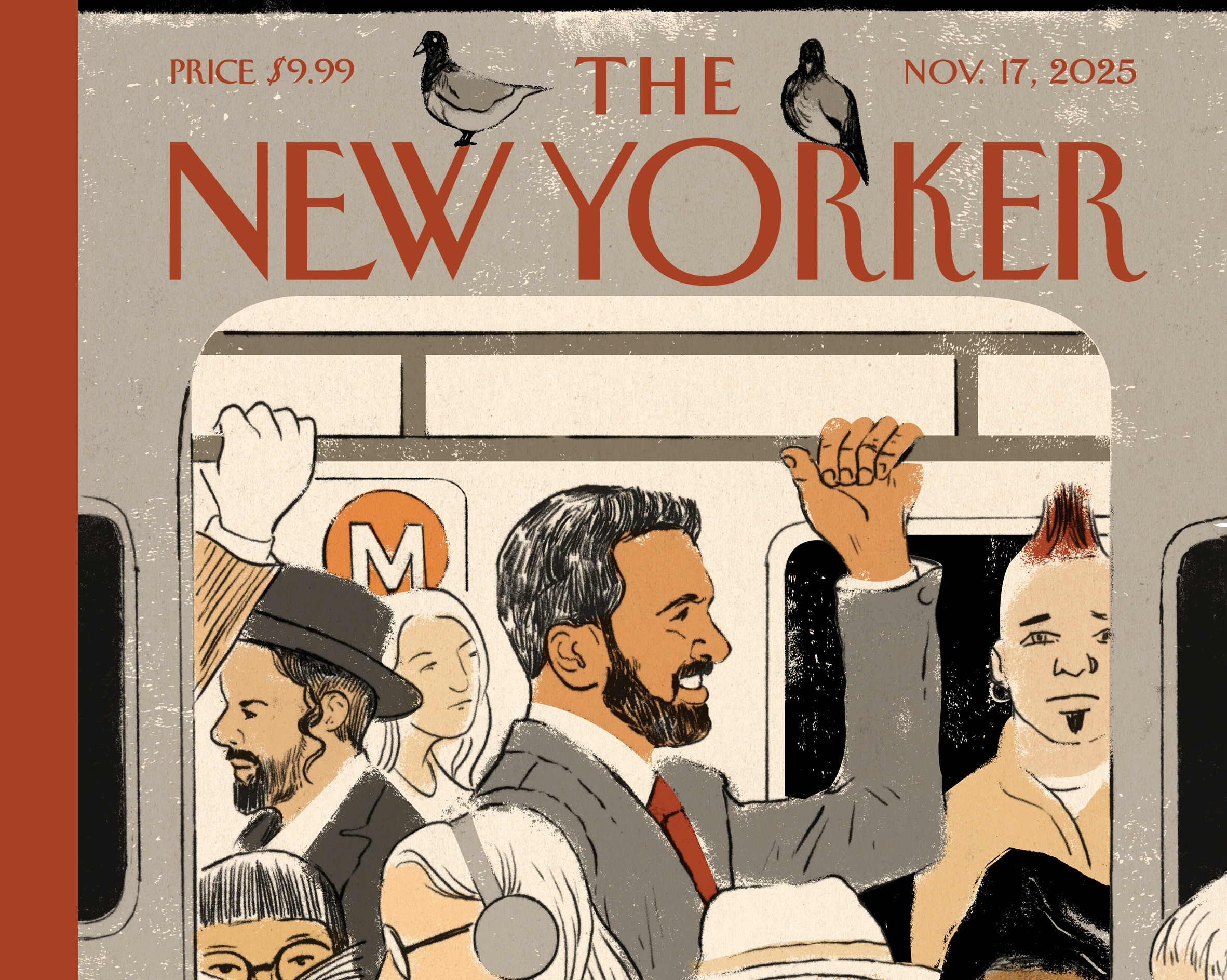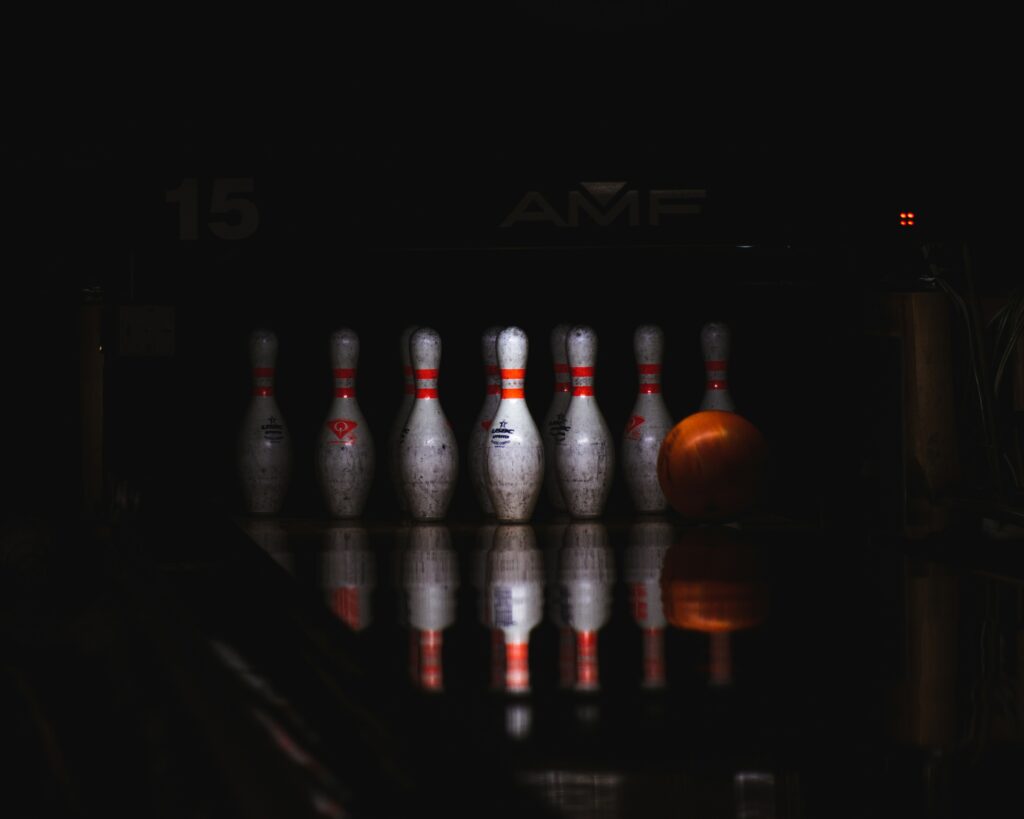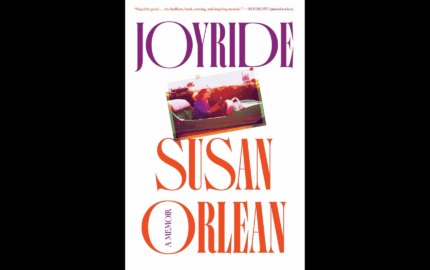Sign up for the Nieman Storyboard newsletter, delivered every Friday in your inbox.
***
Dear Storyboard community:
The stories of this week's elections across the U.S. are still being written, but through in-depth reporting we’ve gotten to know the cast of characters: Abigail Spanberger, Mikie Sherrill, Zohran Mamdani, Gavin Newsom.
Here's how The Washington Post’s Karen Tumulty set the scene with Spanberger, taking us back to a pivotal moment over a decade ago that eventually led to her election as the next governor of Virginia:
In 2014, Abigail Spanberger had a decision to make. Her young family was living in Los Angeles, where she was a CIA officer working drug cartel cases, and the time had come to put in for her next assignment.
She and her husband, Adam, handed a toy globe to their 5-year-old daughter, Claire, and described endless possibilities for adventure. “Where should we go?” they asked. England? Costa Rica? Kenya?
Claire had another idea: Virginia.
“No!” Spanberger retorted. “It’s Mommy’s job. We’re not going to go to Virginia.”
“Why wouldn’t we go to Virginia?” Claire said. “Everyone we love lives in Virginia.”
In that brief scene, we learn so much about Spanberger, her family, and their dynamic. As journalists, we work to find those moments, to notice when they come to us, and to understand when they might reveal something bigger about the people we write about.
There’s no better way to learn than by immersing yourself in stories that do it well. Nieman Storyboard's story annotations archive is a treasure trove of these moments, where we first meet the main character through their internal thoughts, personalities, and actions. This week, contributor Emilia Wisniewski shares six notable stories from acclaimed journalists taking us through the process of bringing their subjects to life.
“On a really, really basic level, the entire story is about him throwing a bowling ball. So why not start with the way he throws a bowling ball? … It felt like it was kind of part of his personality. That’s the way we’re going to help build this, help people understand this character — by looking at the way he does the thing he loves doing.” — Michael J. Mooney on “The Most Amazing Bowling Story Ever”
[ Read the story ]
Links of note
- "The greatest baseball game I've ever seen?” The morning after the Los Angeles Dodgers beat the Toronto Blue Jays in a thrilling, 11-inning Game 7 of the World Series, journalist Joe Posnanski posted a brief video from Cooperstown, N.Y. (home of the Baseball Hall of Fame) talking about the “scary time” before writing his story, as he considered how he might help his audience make sense of what happened. His mission? “How in the world can I make last night's game a little more meaningful, if possible?” Here's the final piece, in vignettes that place the players and the game in the context of baseball history. (Hat-tip: Tommy Tomlinson.)
- In a useful breakdown of how journalists can protect themselves and their sources, Shoshana Walter, author of “Rehab: An American Scandal,” explains how she approaches initial conversations with sources who may have experienced trauma: “I almost always explain what will happen if they decide to move forward, and describe what the reporting process entails. I tell them it may take a really long time, that it will feel intrusive, that I’ll ask a lot of the same questions again and again, and that they’ll likely get sick of me. … At times, I almost feel like I am trying to talk them out of talking to me.”
- For The Reported Essay newsletter, author and journalist Vincent Beiser (“Power Metal: The Race for the Resources That Will Shape the Future") speaks transparently to journalist Rebecca Tuhus-Dubrow about selling a book proposal, the book publicity cycle, and balancing a freelance career with other side gigs. “Nobody cares about your book more than you do. And now more than ever, there’s literally an infinite amount that you can do to try to promote your book and yourself. There’s no end to the number of podcasts you can pitch yourself to, newsletters like this, libraries, book clubs.”
- “The last character to emerge [both in the book and film] was me. It can be hard sometimes to look in the mirror, but the truth of the matter is that I’ve been looking out and trying to tell the story of Native peoples as a journalist — as a reporter — for the last 10 years. And beyond that, I’ve been trying to figure myself out [and] what it is to be Native in a broader sense.” In Long Lead’s weekly newsletter, journalist and Oscar-nominated filmmaker Julian Brave NoiseCat talks about his new memoir, “We Survived the Night,” and his 2024 documentary “Sugarcane.”
- Finally, something to consider: “What is the value of art that isn’t hugely commercially successful? As a lifelong creator of commercially unsuccessful art, I think about this question a lot.” Song Exploder creator and host Hrishikesh Hirway pens a personal love story involving Lindsey Buckingham and Stevie Nicks, his own musical "flop,” and the beautiful things other than money that art can bring us.
Keeping making your art and sharing your stories,
Mark Armstrong
Editor
Nieman Storyboard
Follow the Nieman Storyboard Podcast
On Bluesky: @niemanstoryboard.org
Featured photo: “Mayor Mamdani,” by Edel Rodriguez, The New Yorker
Subscribe to Storyboard
Get insights into the craft of journalism and storytelling in your inbox, delivered on Fridays.
Follow the Nieman Storyboard Podcast
[ Follow us in Apple Podcasts, Spotify, or your favorite podcast app. ]




